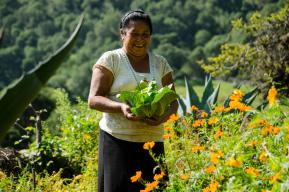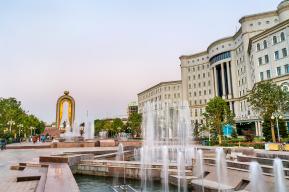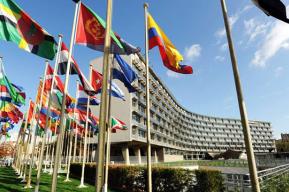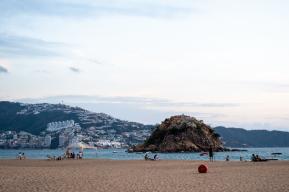Project
Transboundary Marine Biosphere Reserve of the Tropical Eastern Pacific of Colombia, Costa Rica, Ecuador and Panama

What is the project about?
In November 2021, during the UN Climate Change Conference (COP26), the presidents of Colombia, Costa Rica, Ecuador, and Panama signed a declaration to the sustainable management of the Eastern Tropical Pacific Marine Corridor (CMAR) and to form a network of interconnected marine protected areas that link their respective marine reserves in this extraordinary oceanic landscape.
This corridor covers more than 500,000 hectares and is an important migratory route for sea turtles, whales, sharks, and manta rays. CMARs offer endangered species protection against illegal, unreported, and unsustainable fishing. This area is home to four UNESCO World Heritage marine sites: Cocos Island National Park (Costa Rica); the Galapagos National Park and Marine Reserve (Ecuador), which is part of the Galapagos Biosphere Reserve; the Malpelo Flora and Fauna Sanctuary (Colombia); and the Coiba National Park (Panama).
By signing the declaration during COP26, the four countries strengthened their protected areas. The countries started a regional process that will include the possible establishment of the world's largest transboundary marine biosphere encompassing UNESCO Biosphere Reserves and World Heritage Sites.
Project objectives
General: Ensure connectivity between the main marine ecosystems of the Eastern Tropical Pacific Biogeographic Province.
- Promote the management and conservation of biodiversity and marine and coastal resources of the Eastern Tropical Pacific Marine Corridor. The project would give emphasis to ecosystems and endangered, endemic, and ecologically and economically important species.
- Improve and consolidate the protection, management, and management of Marine Protected Areas that make up the Eastern Tropical Pacific Marine Corridor.
- Establish an adequate regional framework that facilitates the development and comprehensive management of the Eastern Tropical Pacific Marine Corridor, compatible with the policies, legislation, and related agreements of the four countries.
- Promote cooperation and joint work between the governments, Non-Governmental Organizations, and International Organizations for proper management of the Eastern Tropical Pacific Marine Corridor.
- Identify and promote the establishment of financing mechanisms to support the comprehensive management of the Eastern Tropical Pacific Marine Corridor and strengthen the conservation and management of the Marine Protected Areas that comprise it.
- Guide technical and financial cooperation at the national and international level for the Eastern Tropical Pacific Marine Corridor.
- Promote responsible tourism with due regulations. That will contribute to the sustainable development of the communities in the Eastern Tropical Pacific Marine Corridor.
- Provide environmental services at a local, regional, and global level.
- Promote the dissemination of information and disclosure on the scope, objectives, actions, and progress in the implementation of the Eastern Tropical Pacific Marine Corridor.
- Promote the participation of all sectors and actors involved in the comprehensive management of the Eastern Tropical Pacific Marine Corridor.










